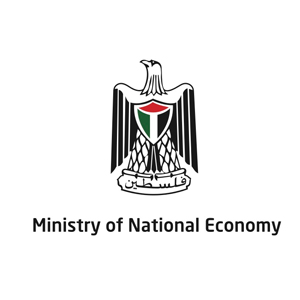The Palestinian economy is unique in the sense that political economy issues play a much more critical role in gauging economic performance. Since the start of the second Intifada in September 2000, the Palestinian economy has experienced severe structural shocks and adjustments. There are at least four explanations for this poor economic performance: closures, withholding of tax revenues, labor flow reductions to Israel, and dependency.
The most detrimental effect of closures, both within the Palestinian Territories and with the rest of the world, is that it increases transaction costs – the cost of doing business. A basic requirement in a market type economy is capital and labor mobility within a country, let alone with the rest of the world. It has been estimated that transaction costs in the Palestinian economy are about 30% higher than in the rest of the world. This has led to severe market imperfections and losses in competitiveness.
A second explanation is that under the Revenue Clearance System in place under the Oslo agreement between the Palestinian Authority (PA) and the government of Israel, the latter is required to transfer to the PA all import duties on products destined to the Palestinian Territories. This source of much needed income has been repeatedly withheld by Israel and has caused severe budget deficits since almost half of the PA revenue is derived from this source of income. To a large extent, this widening budget deficit has been repeatedly financed by donor countries.
The third explanation is the reduction in Palestinian labor flows to Israel. Prior to September 2000, almost 150,000 Palestinian workers commuted daily to their jobs in Israel generating an annual wage income of about $800 million. Today, only about 15,000 workers are allowed to cross into Israel under strict security checks and procedures, further discouraging workers. This dramatic shortfall in wage income has been partially supplemented by foreign aid.
Finally, the traditional dependency of Palestinian trade on the Israeli economy has distorted prices and reduced competitiveness. Almost 90% of our exports are destined to Israel, and 70% of our imports are from Israel. This generated annual export revenues of about $600 million prior to September 2000. Today, this figure is drastically reduced and we are very often forced to import primarily from Israel, through intermediaries, at highly uncompetitive prices.
Yet under all these constraints, the Palestinian economy has shown a remarkable degree of resilience. Palestinian Authority institutions are still able to function efficiently and deliver basic services, albeit with the much appreciated assistance of donor countries. The private sector has also adapted to the changing needs of consumers as consumption and expenditure patterns have changed. One of the primary mechanisms through which we have coped under these difficult constraints is through inter-household family transfers and other creative coping strategies. These coping strategies and learning experience under occupation can surely be regarded as a fundamental cornerstone in the establishment of a viable Palestinian State in the near future.

